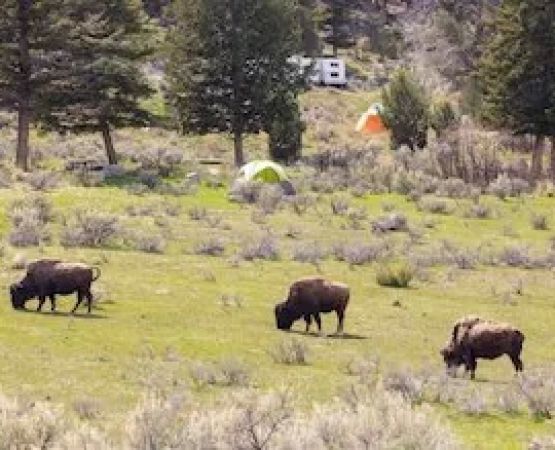- 1 - Why Do National Parks Charge Entrance Fees?
- 2 - Understanding Standard Entrance Fees
- 3 - Exploring Annual and Lifetime Passes
- 4 - Special Discounts and Free Days
- 5 - Real-World Stories from Park Visitors
- 6 - Smart Strategies for Frequent Travelers
- 7 - Making the Most of Your Passes
1 - Why Do National Parks Charge Entrance Fees?
National parks across the US rely on entrance fees to help maintain trails, visitor centers, and wildlife conservation projects. While some visitors may question the fees, they are a crucial part of preserving these natural treasures for future generations. The money collected goes directly into park operations, making your contribution part of the long-term sustainability of America’s most stunning landscapes.
2 - Understanding Standard Entrance Fees
Entrance fees vary by park, but most charge between $20 and $35 per vehicle for a week-long pass. For example, Yellowstone National Park charges $35 per car, while smaller parks may only ask for $20. These passes usually cover everyone in your vehicle, making it an affordable way to explore. For those traveling in groups or with family, the per-person cost becomes even more reasonable.
3 - Exploring Annual and Lifetime Passes
If you’re someone who visits multiple parks a year, investing in an annual or lifetime pass makes sense. The America the Beautiful Pass, costing $80 annually, provides access to over 2,000 federal recreation sites, including all national parks. Seniors over 62 can opt for a lifetime pass for just $80, making it a one-time investment that pays off for years. These passes quickly cover their cost after just a few visits.
4 - Special Discounts and Free Days
The National Park Service also offers free entrance days throughout the year, such as Martin Luther King Jr. Day or National Public Lands Day. Military members, disabled individuals, and fourth graders are eligible for special free passes. These opportunities make parks accessible to a wider range of visitors, reinforcing the idea that public lands truly belong to everyone.
5 - Real-World Stories from Park Visitors
Consider the Johnson family from Ohio, who bought an America the Beautiful pass before a cross-country trip. By visiting Grand Canyon, Zion, and Yosemite in one summer, they saved over $100 in entrance fees. Another traveler shared on social media how free-entrance day at Rocky Mountain National Park allowed her to introduce her children to hiking without worrying about cost. These stories show how smart planning with passes can enhance the experience.
6 - Smart Strategies for Frequent Travelers
For families, road trippers, or digital nomads who plan multiple visits, combining an annual pass with other travel perks can maximize value. For example, pairing your national park pass with fuel rewards programs or lodging discounts near parks creates a cost-effective adventure. Staying at nature-focused spots like Pine Cliff Resort can also complement the experience by offering nearby accommodations that keep you close to the outdoors.
7 - Making the Most of Your Passes
Owning a pass is only the first step; making the most of it means planning trips strategically. Bundle nearby parks into a single journey, such as visiting Arches and Canyonlands together. Keep track of free-entrance days for spontaneous outings, and don’t forget that your pass covers more than just parks—it includes forests, monuments, and wildlife refuges too. With the right approach, your national park pass becomes the gateway to countless adventures.






